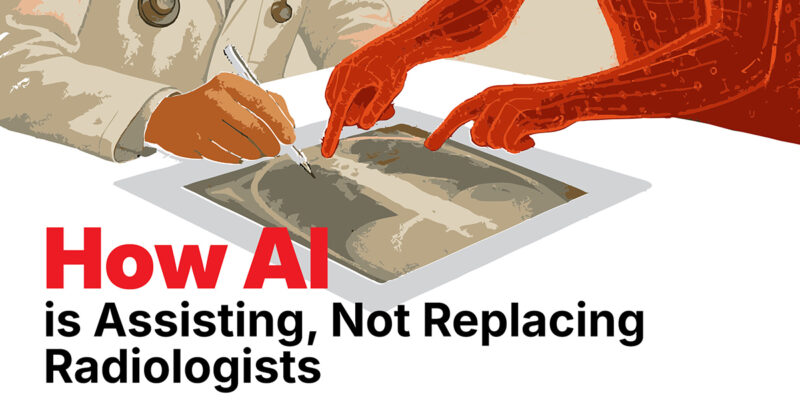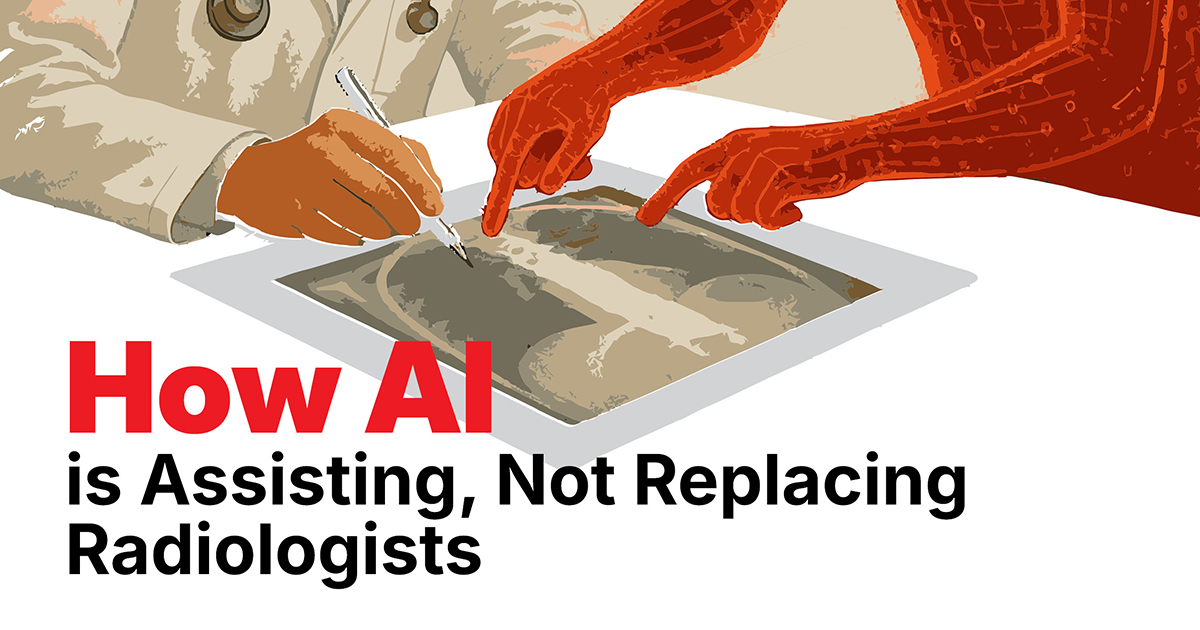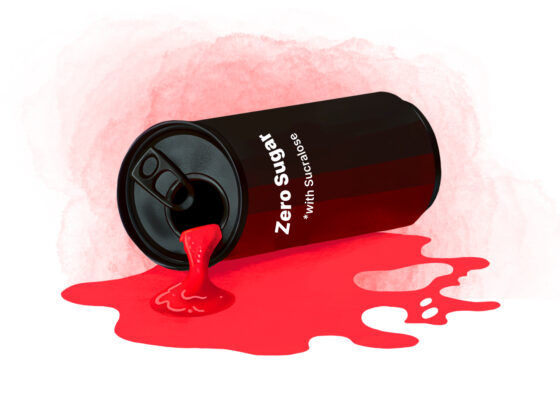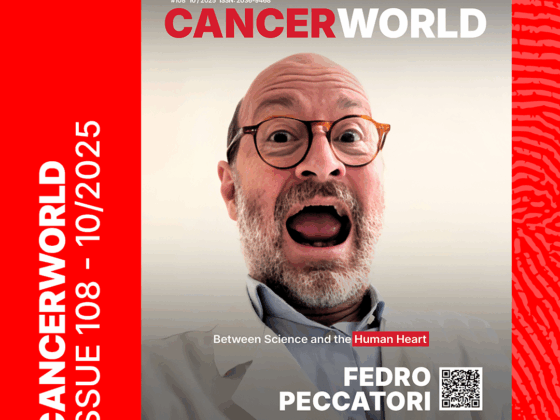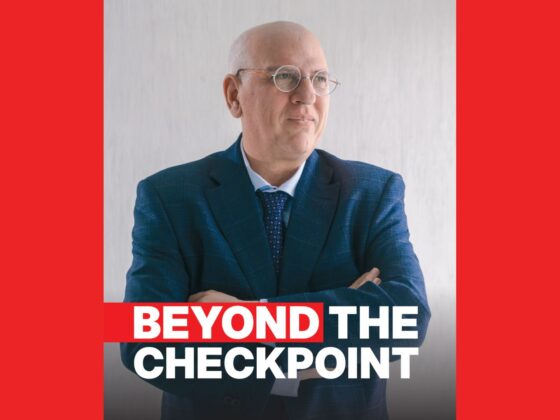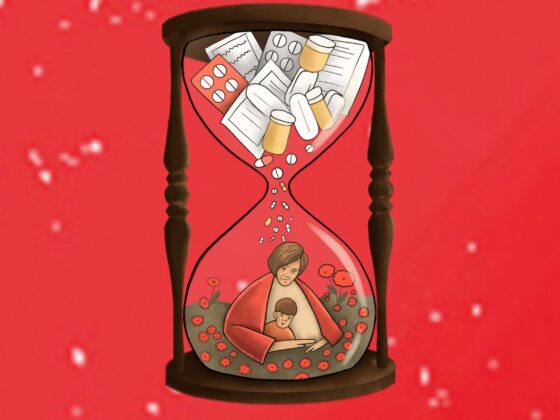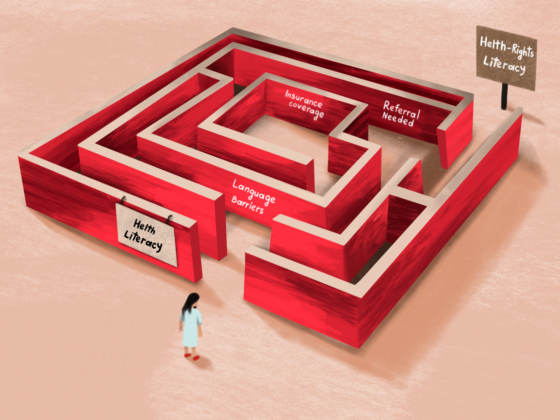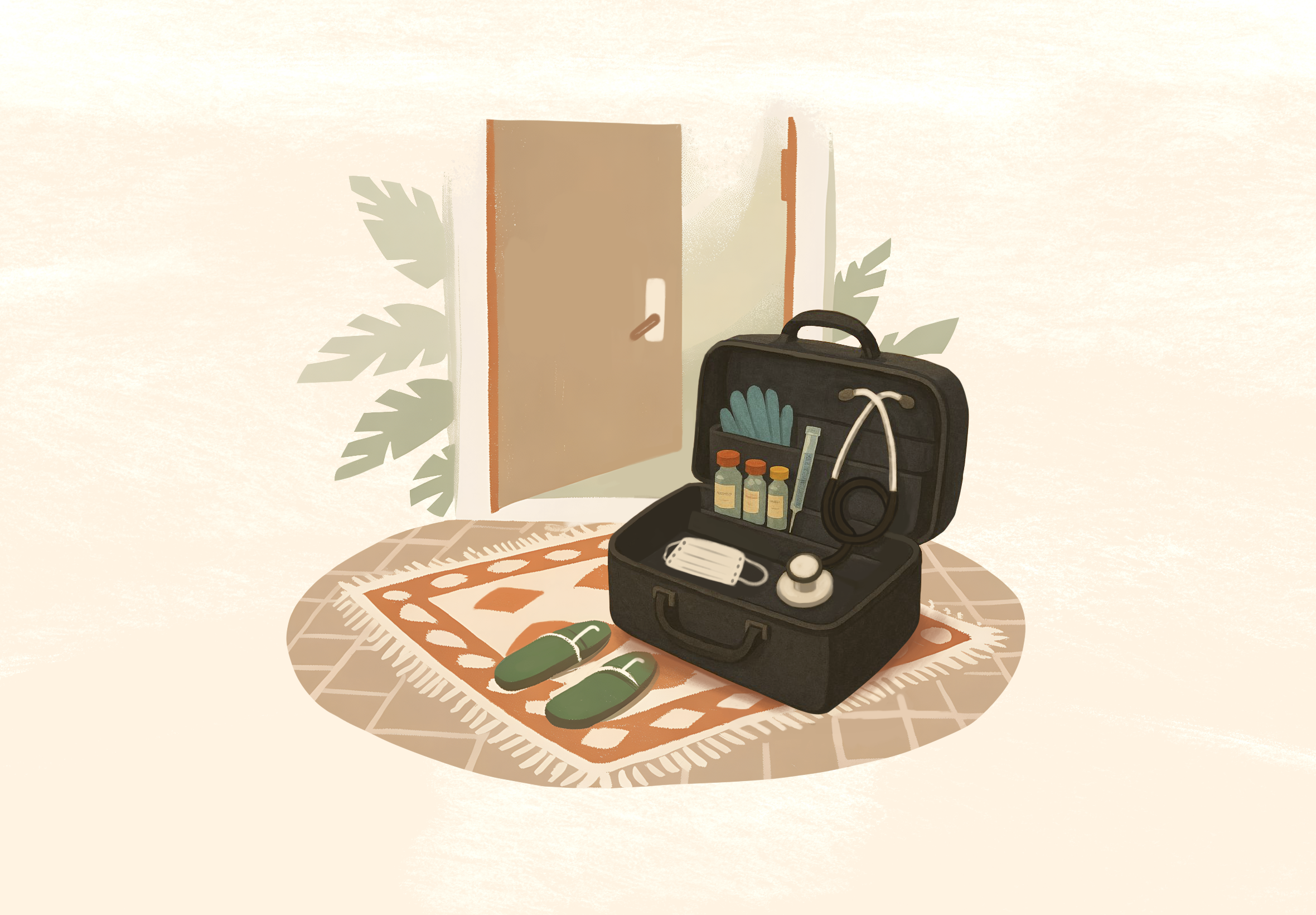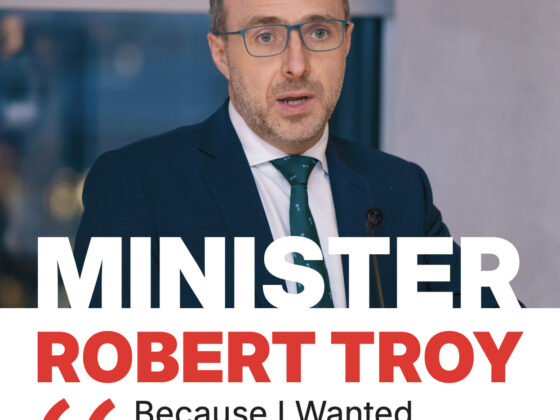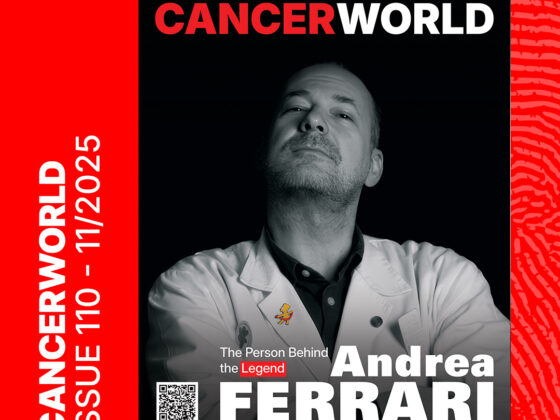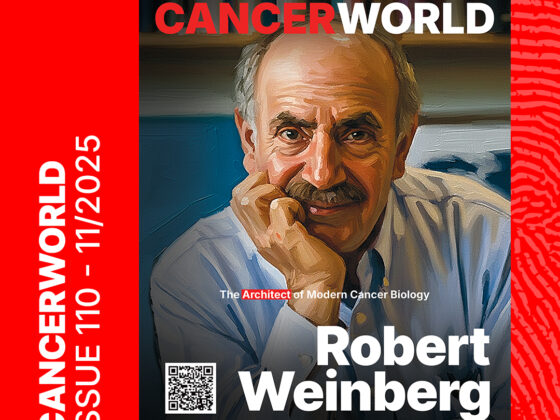Nine years ago, one of the leading artificial intelligence scientists, Geoffrey Hinton, made a startling prediction: “We should stop training radiologists now.” He believed that within five years, machines would outperform humans at reading medical images. Nearly a decade later, radiologists are not only still here, they’re proving why their role is more essential than ever.
“This perspective was too simplistic”, Prof. Daniel Truhn, the radiologist and developer of AI solutions for clinical routine, working at RWTH Aachen University in Germany, says to CancerWorld. “The clinical reality of radiologists is obviously a lot more complex than just looking at images and making diagnostic yes-no decisions. In complex situations, AI is far from replacing radiologists.”
Excelling in 2D, Struggling in 3D
Truhn points to mammography as the one area where AI is beginning to match radiologists. The reasons are clear. First, the field benefits from enormous datasets: millions of images gathered through national screening programs were used to train AI models. Second, mammograms are produced under strict quality standards, which means the images are highly consistent and directly comparable. And third, the data is two-dimensional (2D), the format that AI systems have been trained to classify for over a decade and handle best.
In Sweden, where mammograms are double-checked by two radiologists, researchers tried an experiment: what if one of those human experts were swapped for AI? The result: the machine held its own. “Indeed, in this setting, AI can replace one radiologist”, Truhn comments. “But this is currently the only case in which AI can replace radiologists in high-volume studies – and it is only one part of our job.” Currently, AI is mainly used to support radiologists, for example by suggesting findings – such as indicating fractures -, prioritizing urgent examinations to make workflows more efficient, or enhancing report texts.
By contrast, AI still struggles with complex 3D studies such as CT or MRI, where every slice must be integrated into a full volumetric view, Truhn adds. “Here, AI is good at routine tasks that require little cognitive work – like indicating and measuring angles in images or measuring lesion volume in brain MRI.”
Reimbursement, Reliability, and Trust
Most models haven’t made it into broad clinical use, Truhn observes. One barrier is reimbursement. “AI is only effective for radiologists if it actually saves us time, which has not yet been reliably demonstrated – and initially, implementing models costs money. There is no standardized system in place to claim reimbursement of costs; such a system is still under development.”
Another barrier lies in the models’ narrow focus. Most AI models are specialists in answering one particular question, while radiologists carry out a range of diagnostics to answer different questions. “It is of little use if, out of 1,000 reports, AI can only handle 23. These are still individual solutions that cannot yet be integrated into workflows on a larger scale.” Truhn envisions the future of radiology in “app stores” for clinical AI solutions – building on existing platforms, but advancing them into widely accessible and seamlessly integrated tools within PACS systems.
But Truhn wants to take AI even further: In his start-up Synagen, he is developing so-called agent-based systems for oncology, capable of carrying out multiple-step processes. “Oncology is a complex field; no one expert can have an overview of all guidelines and updates in all fields.” Instead of simply reviewing an image once and providing a single report, such systems would combine imaging findings with clinical guidelines and additional patient information. “Because decision-making requires the integration of imaging, genetic profiles, and histopathology, we need agent-based systems to replicate such multi-step reasoning.”
His wish for AI? “AI models should feel like always having an experienced colleague by our side, to discuss our decisions and consult with – thereby increasing diagnostic accuracy.”
However, the AI expert still sees hurdles in achieving this ideal. The “black box” nature of AI poses a major challenge. “An AI-generated report must be transparent enough that the radiologist can confirm it and build trust in its accuracy”, Truhn postulates. “For example, in fracture detection, the system is able to highlight the fracture, allowing the radiologist to visually verify the finding: the AI indicates a fracture, the radiologist checks the image, and indeed, the fracture is there.”
While this works relatively well in such straightforward cases, interpretability can be a challenge in complex situations. “This lack of transparency is a key barrier for radiologists to trust such models. AI must first demonstrate that it can deliver reliable predictions and, critically, provide ways for those predictions to be verified.”Trust also has another side: the risk of relying on AI too readily and uncritically. So-called “AI automation bias” has already been demonstrated. “A study showed that radiologists can get used to AI being right when the model initially delivers correct results. When incorrect results show up, the bias is to still trust the AI”, Truhn reports. “That’s why it’s critical to make sure that any AI model we use is at least as accurate as the radiologists themselves.“
Training Radiologists in the Age of AI
One major challenge Truhn foresees is training the next generation of radiologists. Early training typically involves repetitive tasks and grappling with complexity—working through the “valley of tears,” where much must be learned and much remains unclear. “If an AI model is available at the workstation from day one, and already outperforms what a beginner can achieve in the first weeks, there is a real risk that trainees will not develop the necessary skills themselves.“
Introducing AI only later in training may be one solution. “We may need to restructure training programs so that trainees first work independently, with AI acting as a second reader rather than a crutch.”
For experienced radiologists, the key will be to build practical familiarity with the models, Truhn adds. “Much like the way many users have grown accustomed to ChatGPT—initially mysterious, but gradually better understood by just regularly working with it—radiologists will learn the strengths and limitations of AI by using it. While training courses are available, expert knowledge about the potential and the limits can only be gained by using AI models.”
How the future of AI in radiology unfolds depends on the pace at which AI develops. “If progress continues at the speed we have seen over the past two years, then in ten years a large share of professions could be replaced,” Truhn is certain. “The key question is whether this exponential growth will truly continue. It may not. But at the very least, we can expect AI models to become our reliable, ubiquitous colleagues in radiology.”

